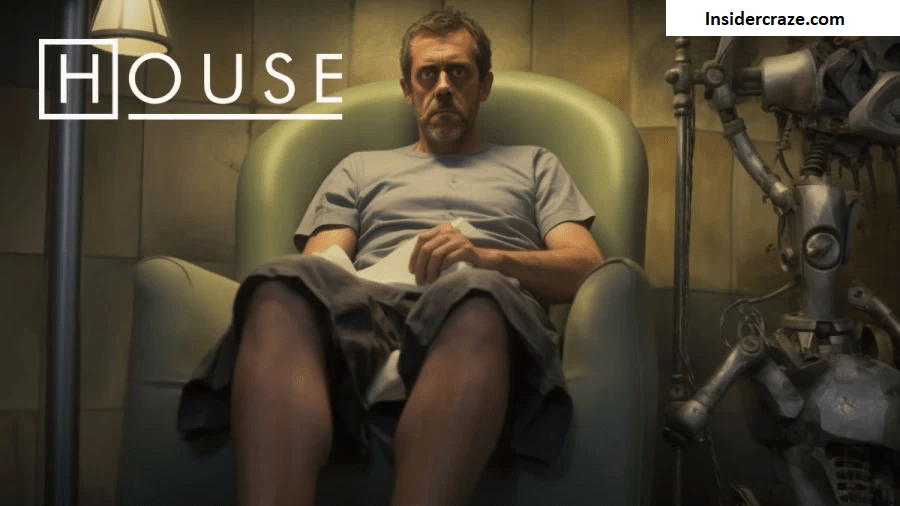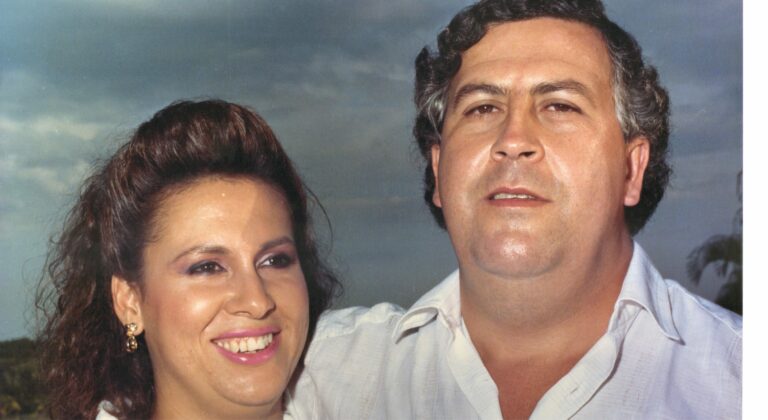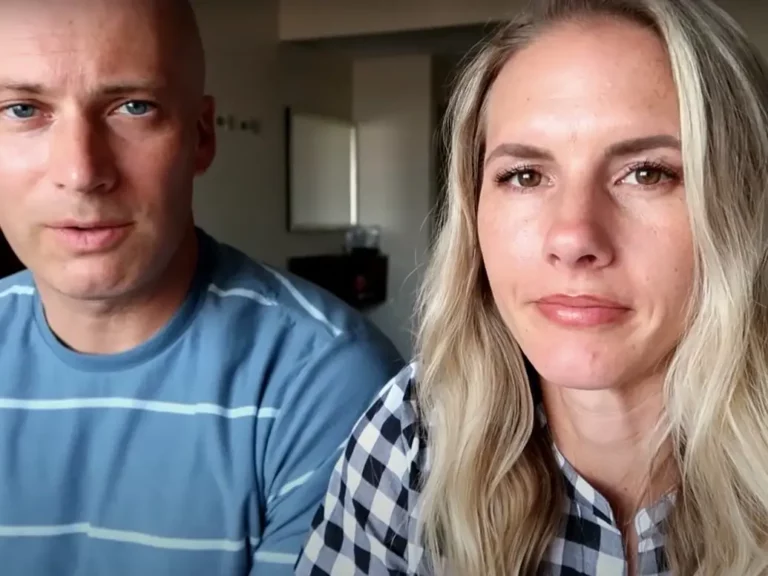The Mystery Unveiled: What Happened to House’s Leg
It’s a question that has been asked by millions of people around the world – what happened to House’s leg? In this article, we’ll look at the events leading up to House’s injury, its impact on his life, and possible treatment options. It was an unfortunate accident that changed House’s life forever.
House was an avid athlete who enjoyed running marathons and playing sports with his friends. Unfortunately, one day while running a marathon he tripped over an uneven piece of pavement and fell hard on his right leg. The fall resulted in a severe fracture to his lower leg bones which caused him immense pain and left him unable to walk or even stand for long periods.
Overview of House’s Injury
You probably know that House’s leg was seriously injured, but how did it happen? The events leading up to the injury were quite complex; to provide a further diagnosis and prognosis outlook for House, an examination of the cause of his injury is necessary. It all began one night when House rode a motorcycle with a few friends. As they drove down an unfamiliar road, House noticed something strange ahead of them — what appeared to be a deer standing across the street. To avoid hitting it, he veered off the road and crashed into nearby trees, breaking his right leg in two places.

The force from the impact caused severe damage to his tibia and fibula bones, requiring immediate medical attention. His friends quickly called for help and rushed him to the hospital, where he underwent surgery and received several casts over time as part of his treatment plan. House also had physical therapy sessions twice weekly for six months following his crash to reduce swelling and promote healing.
Although this was challenging for him, House eventually recovered from the injury thanks to dedicated medical professionals and ongoing support from family members and friends. He now has a full range of motion in his right leg again; however, due to nerve damage sustained during his accident, he still experiences occasional pain when engaging in certain activities or movements. Moving forward, these are just some things that must be considered when assessing the House’s health status.
The Events That Led to House’s Injury
A fateful event left House with a devastating injury to his leg. It all began when he fell ill one day, and was rushed to the hospital. What followed was a series of medical negligence that later became known as a fading memory.
| Emotion | Description | Action |
| Surprise | House experienced unexpected pain | Rushed to the hospital |
| Fear | Diagnosed with an unknown illness | Treated incorrectly by doctors |
| Anger | Unnecessary suffering due to mistake of others | Experienced long-lasting effects from negligence |
The pain House felt that day would only worsen in time. Despite the doctor’s best efforts, they failed to correctly diagnose and treat him for his illness, leading to further damage and harm that forever affected his mobility. As a result of this medical negligence, House’s life changed drastically; not only did he have physical difficulties but also psychological ones, such as anxiety. He had no option but to cope with these changes for years after the incident.
Though there is no way for him to reverse his injuries or erase any memories associated with it, he has made great strides since then to heal emotionally and physically. His story is an essential reminder of what can happen when medical negligence occurs – even if some people may forget it over time. Consequently, transitioning into a subsequent section about the impact of the house’s injury without writing ‘step’.
Impact of House’s Injury
Dr House’s life changed dramatically after his leg injury: he dealt with physical discomfort and emotional turmoil. You can imagine the difficulty of adjusting to a new lifestyle if your body can no longer provide you with the same level of comfort or mobility that it once did. The emotional toll of such an injury can be equally devastating, as House had to face his new reality and cope with anger, guilt, and frustration.
Physical Discomfort
House’s leg is causing unbearable pain, making it hard to concentrate on anything else. After the injury, he has been through a rigorous rehabilitation process with lifestyle changes affecting his physical comfort. His days are filled with aches and pains from his leg and the constant movement associated with therapy. Even as he progresses in recovery, the discomfort is still overwhelming.
The physical distress has also affected House’s emotional outlook, leading to turmoil that exacerbates his medical condition. He often struggles with anxiety and depression due to the pain and uncertainty of his situation. This emotional turmoil is another suffering that House must face as he works towards recovery.
Emotional Turmoil
You know the emotional turmoil from constant pain and uncertainty about your future. House was no different, feeling a deep sadness as his leg injury kept him from doing the things he loved. The emotional aftermath of having a major injury can be just as severe as the physical pain, and for House, it meant months of psychological healing. With such an uncertain outcome, House struggled to come to terms with the complex reality of his situation; each day brought its unique challenges. Despite this difficult path ahead, House was determined to work through his emotional issues and find peace with what had happened to him. As he worked towards recovery, he began looking into treatment options to help him regain some semblance of normalcy.
Treatment Options
Fortunately, there are several treatment options available for House’s leg injury. Alternative therapies such as acupuncture and reflexology can help to reduce pain and promote healing. Rehabilitation programs like physical therapy or occupational therapy can also benefit House by helping him learn how to manage his symptoms and improve his overall quality of life. From using assistive devices to targeting specific muscle groups, these treatments can be tailored to House’s needs and provide a range of benefits.
For instance, alternative therapies offer natural remedies that work with the body’s own energy systems to improve circulation and reduce inflammation. Reflexology is one modality that focuses on stimulating specific points in the feet that correspond to different parts of the body, including the legs. On the other hand, rehabilitation programs hone in on improving mobility and strength through exercises explicitly designed for House’s condition.
These treatments can go far beyond physical healing; they also offer emotional support in dealing with this traumatic injury. By taking an active role in managing their recovery, patients gain insight into their capabilities, which increases self-confidence and helps them create a positive outlook for future progress – both physically and emotionally. As House navigates this new terrain, he will gain self-confidence while learning coping techniques to handle better what lies ahead.
The Impact on House’s Life
Due to his injury, House’s life has been drastically impacted in many ways. The most significant impact has been the social stigma associated with his disability. People often treat him differently and may even tease or make fun of him because of it. He also experiences long-term effects such as chronic pain, difficulty sleeping and fatigue due to adjusting to a new lifestyle. This can lead to depression and feelings of isolation that he may be unable to overcome.
House also struggles with mobility issues affecting his quality of life, including difficulties getting around without assistance or needing special accommodations for work or leisure activities. He cannot participate in activities like running or playing sports that he used to enjoy before the accident occurred. Additionally, since his leg was amputated, he must deal with the psychological trauma of being different from everyone else, which can be very difficult for him emotionally.
Though House faces these challenges every day, he does have some support from family and friends who understand what he is going through and help him cope with the changes in his life caused by the injury. With their encouragement and understanding, House has found ways to adjust so that he can still live a whole life despite his disability.
Frequently Asked Questions
1. What Caused House Injury?
It’s possible that you experienced a sports injury or fall, resulting in an injury to your leg. To prevent injuries like this in the future, it’s essential to practice fall prevention and take necessary safety precautions when participating in physical activities. Warm up properly before engaging in strenuous activity, and wear protective gear if necessary. If you feel pain while exercising, stop immediately and seek medical advice.
2. How Has House Injury Affected His Daily Life?
House’s injury has had a significant emotional impact on him. He is often overwhelmed with thoughts of what his life would be like if he hadn’t been injured and, as a result, can feel frustrated and isolated. Additionally, House has had to make dietary changes to ensure his body gets the nutrients it needs to heal and rebuild itself. These changes have required some adjustment but are ultimately necessary for House’s long-term health and well-being.
3. Is There a Way to Prevent Similar Injuries?
Yes, there are ways to prevent similar injuries. Rehabilitation therapies and exercise regimens can help strengthen the muscles around an injured area and reduce the likelihood of further injury. After an injury, it is important to focus on stretching and strengthening exercises for the affected area to minimize re-injury risk. In addition, proper nutrition, rest, and avoiding overexertion can all play a role in helping maintain healthy muscles and preventing future injuries.
4. What Other Treatments Are Available for House Injury?
Depending on the severity of House’s injury, a few different treatments are available. Alternative therapies such as rest, physical therapy, and certain medications may be recommended to reduce pain and inflammation. If those fail to bring relief, surgical options might be considered. These could include arthroscopy or reconstructive surgery to repair any damage caused by the injury. Ultimately, the best course of action for House’s injury will be determined after considering all factors involved.
5. Is House Injury Permanent?
It is unclear if House’s injury is permanent. To better understand the extent of the damage, it is essential to learn anatomy and understand pain. The answer to this question will depend on the severity of the injury and how well House responds to treatments. However, a good prognosis can be given with proper diagnosis and care.
Conclusion
You’ve seen House’s injury’s impact on his life. He was forced to give up some of his favourite activities and had to learn new ways of doing things. Despite all this, he endured and kept going. His persistence is an inspiration for us all.
House’s injury may have changed his life but it hasn’t changed who he is. He still approaches challenges with courage and strength, never letting anything hold him back from achieving his goals. We can learn a lot from House’s resilience and determination in adversity.

Welcome to our blog! My name is Yuvraj Kore, and I am a blogger who has been exploring the world of blogging since 2017. It all started back in 2014 when I attended a digital marketing program at college and learned about the intriguing world of blogging.






